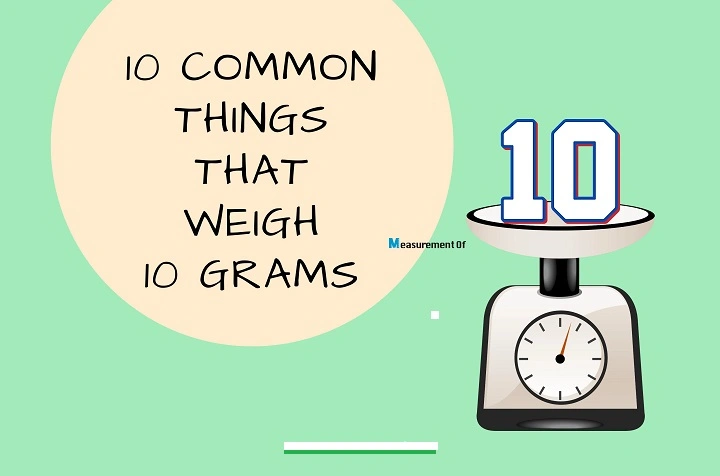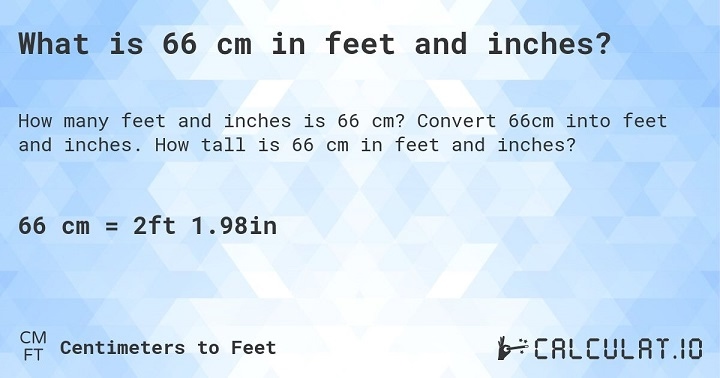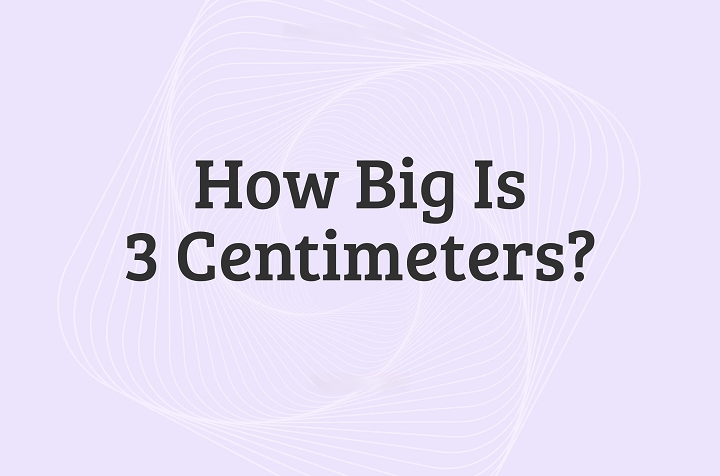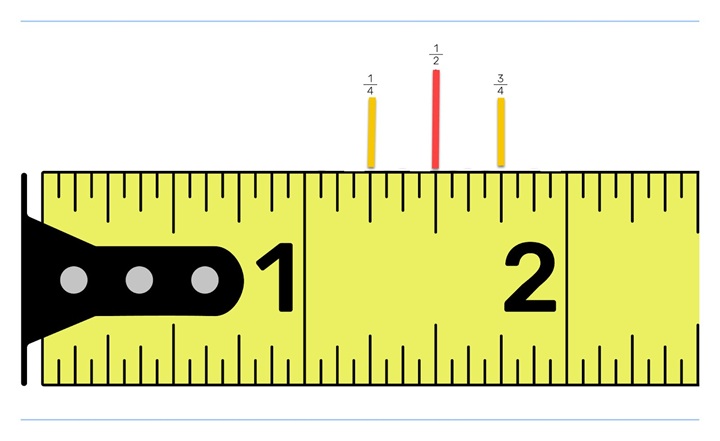What Does 10 Grams Look Like? Visualizing the Weight
When we talk about weight, especially with small measurements like 10 grams, it can be tricky to visualize how much that actually is. While 10 grams may not seem like much, it’s important to understand what this weight looks like in terms of everyday objects. In this article, we’ll explore how much 10 grams really is by comparing it to familiar items and giving you practical visualizations to help you understand this measurement.
What Does 10 Grams Represent?
10 grams (g) is a unit of weight in the metric system, which is widely used globally. In terms of ounces, 10 grams is approximately 0.35 ounces. While this may seem like a small amount, it is useful to compare it to items we encounter daily to make the weight more relatable. Let’s explore some everyday objects that weigh around 10 grams.
Visualizing 10 Grams
A Slice of Bread
A single slice of bread typically weighs around 25 grams, so 10 grams would be a little less than half the weight of one slice. This comparison helps you visualize the weight in terms of something you likely encounter frequently. A small piece of bread or a partial slice could give you an idea of how much 10 grams weighs.
A Standard Paperclip
A standard metal paperclip weighs about 1 gram. Therefore, 10 grams would be equivalent to about 10 paperclips stacked together. If you have a handful of paperclips, you can visualize how much 10 grams feels by imagining the weight of 10 standard paperclips in your hand.
A Single U.S. Nickel Coin
A U.S. nickel weighs exactly 5 grams. Therefore, 10 grams is the equivalent of two nickels. This is a great comparison because most people are familiar with the weight of a coin, making it easier to imagine how much 10 grams weighs. Just picture holding two nickels together to get a feel for this weight.
A Teaspoon of Sugar
A typical teaspoon of granulated sugar weighs about 4 grams. Therefore, 10 grams is roughly 2.5 teaspoons of sugar. If you’re measuring ingredients for a recipe, you can visualize 10 grams by thinking about slightly more than two teaspoons of sugar.
A Stick of Chewing Gum
A single stick of chewing gum generally weighs about 3 to 5 grams, depending on the brand. Therefore, 10 grams is equivalent to about two sticks of gum. This is an easy comparison to visualize, especially when considering how light and compact a stick of gum feels in your pocket or bag.
How 10 Grams is Used in Various Fields
Cooking and Baking
In the kitchen, 10 grams is often used when measuring small amounts of ingredients, such as spices, sugar, or baking soda. For example, when following recipes that require precise measurements, 10 grams could be the difference between a dish being too sweet or too salty. Many digital kitchen scales allow for measurements down to 1 gram, so knowing how much 10 grams is can be very useful for accuracy in cooking and baking.
Pharmaceuticals and Supplements
In the pharmaceutical industry, 10 grams is a common unit of measurement for small doses of medication, especially when dealing with powdered supplements or medicines. For example, some powdered vitamins or nutritional supplements are sold in packets that contain about 10 grams per serving. Understanding this weight is essential when dosing medications or preparing daily vitamin packs.
Jewelry and Precious Metals
In the world of jewelry and precious metals, 10 grams is a standard weight for small items like rings, chains, or coins. For example, a small gold coin or a lightweight ring could weigh around 10 grams. Jewelers and collectors use these weight measurements to assess the value and price of metals and gemstones.
Postage and Shipping
When sending packages through the mail, understanding weight is essential for determining postage costs. 10 grams is a common weight for small letters, greeting cards, or lightweight parcels. Post offices and shipping companies often charge based on weight, so knowing how much a small item weighs can help estimate the shipping cost.
The Conversion of 10 Grams to Other Units
For those more familiar with the imperial system, here are some conversions for 10 grams:
- In Ounces: 10 grams is approximately 0.35 ounces.
- In Milligrams: 10 grams is 10,000 milligrams.
- In Kilograms: 10 grams is 0.01 kilograms.
These conversions are helpful when you need to switch between metric and imperial units, such as when weighing ingredients for recipes, determining postage, or measuring products in different systems.
How Far is 10 Grams in Pounds?
To convert grams to pounds, divide by 453.59237. Therefore, 10 grams is approximately 0.022 pounds. This conversion can be useful for those who are more familiar with pounds and ounces in everyday contexts, such as when measuring food portions or working with materials in construction or manufacturing.
FAQs
How much is 10 grams in ounces?
10 grams is approximately 0.35 ounces.
What is the visual equivalent of 10 grams?
10 grams is about the weight of two U.S. nickels or 10 standard paperclips.
How much is 10 grams in milligrams?
10 grams is 10,000 milligrams.
How is 10 grams used in cooking?
In cooking, 10 grams is often used to measure small quantities of ingredients, such as sugar, salt, or spices.
What objects weigh about 10 grams?
Objects like two U.S. nickels, 10 paper clips, or a small stick of chewing gum weigh around 10 grams.
10 grams is a small but important unit of weight that we encounter frequently in our daily lives. From cooking to pharmaceuticals to measuring precious metals, understanding how much 10 grams weighs can help in many areas. Whether it’s the weight of two nickels, a small piece of gum, or a few paperclips, visualizing 10 grams using everyday objects makes it easier to understand and apply in practical scenarios. Knowing how much 10 grams weighs can be helpful in a variety of fields, from cooking and baking to shopping and shipping.









